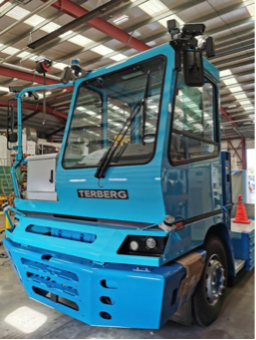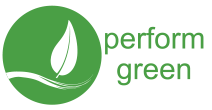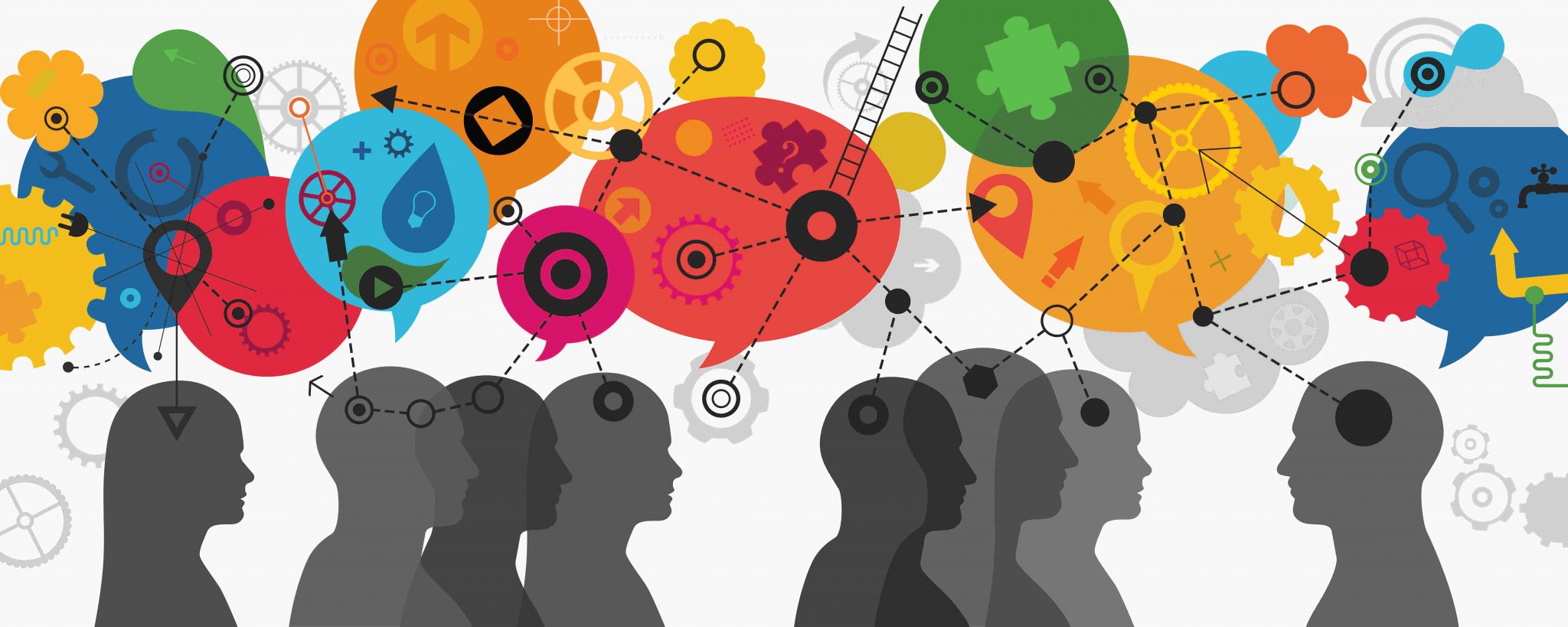Technology Readiness Levels : This is the second in our series of Articles on Insight to Innovation
We have lift off!
Technology Readiness Levels (TRLs) are used to assess where a technology is on its journey from concept to final robust product, through design, prototyping, testing and more. TRLs are useful to benchmark innovation projects because you can clearly see where the product or idea was before you started, and how it ended up. The goal of innovation funding is of course to speed up this process and bring more technologies to market readiness more quickly.
Originally developed by NASA in 2012 and adopted by the Ministry of Defence, there are 9 TRL levels. The main ones are:
TRL 2: this is when speculative, basic principles for the technology have been studied, with ideas for practical applications for the technology.
TRL 3: active research and design begins. Often during TRL 3, a proof-of-concept model is constructed, elevating the TRL to level 4 once the proof-of-concept technology is ready.
TRL 4 and 5: multiple component pieces are tested with one another. TRL 5 is a continuation of TRL 4, however, a technology that is at 5 is identified as a breadboard technology and must undergo more rigorous testing than technology that is only at TRL 4. Simulations should be run in environments that are as close to realistic as possible.
TRL 6: A TRL 6 technology has a fully functional prototype or representational model.
TRL 7: This technology demonstrated in an operational environment and TRL 8 technology is ready for implementation into an already existing technology or technology system.
TRL 9: technology is being used successfully in its operational environment. In NASA / MOD, this would be when it has been “flight proven” during a successful mission.
If the goal of funding innovation is to bring technologies up this scale quicker, we need to assess the level that the technology is at before we start, where we aim to get it to, and how long that would take overwise.
Perform Green were one of the recipients of funding for an R&D project 5G Connected
In this 5GCAL project, the autonomous driving software for the test vehicle (affectionately known as the mule) started at TRL level 3, while the HGV software was a mere idea at the start of the project. Teleoperation started as a concept with practical applications sketched out. By June 2021, these had spring boarded up two levels of technology readiness, and then by November 2021 a further level again to be between level 4 (basic validation for the HGV software) and 6 (prototype demonstration in operational environment).
This has meant great strides in getting the technology to market faster. It was predicted that without the project, it would take until 2024 for these technologies to be market-ready, but now with the steady growth from concept to testing the technology is likely to be available this year.
There are also of course things that do not go to plan. Docking and Vehicle to Infrastructure have been delayed ultimately by global chip shortages, and so their progress has stalled.
Ultimately the technology readiness levels are useful in showing how mature the product is and what progress has been made during an activity such as 5G CAL.

